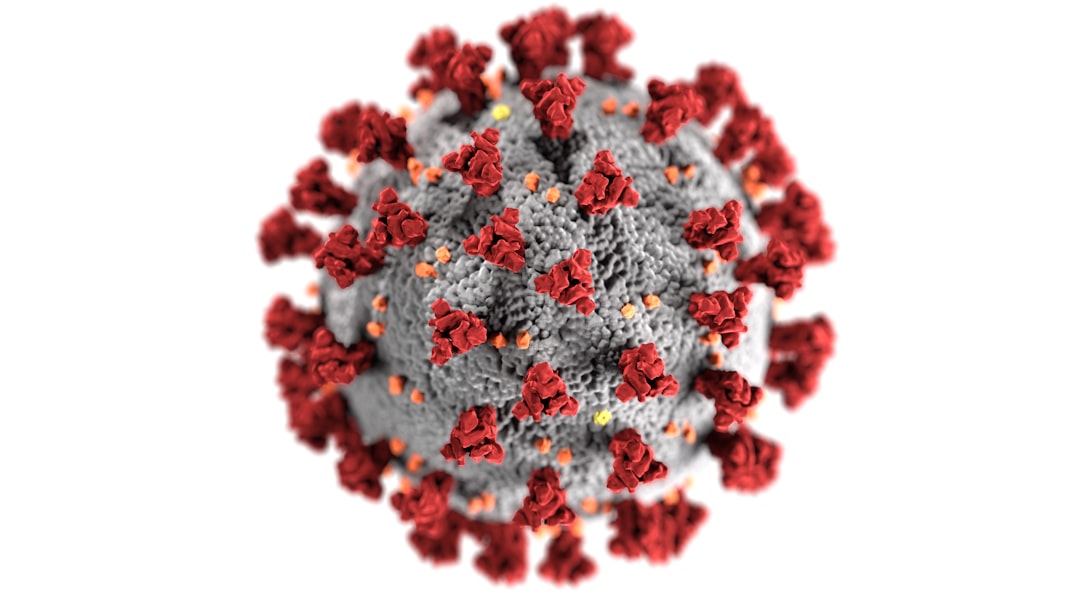What is it about?
The Gram-negative bacterial lipopolysaccharide (LPS) is a major component of the outer membrane that plays a key role in host–pathogen interactions with the innate immune system. During infection, bacteria are exposed to a host environment that is typically dominated by in ammatory cells and soluble factors, including antibiotics, which provide cues about regulation of gene expression. Bacterial adaptive changes including modulation of LPS synthesis and structure are a conserved theme in infections, irrespective of the type or bacteria or the site of infection. In general, these changes result in immune system evasion, persisting in ammation and increased antimicrobial resistance. Here, we review the modi cations of LPS structure and biosynthetic pathways that occur upon adaptation of model opportunistic pathogens (Pseudomonas aeruginosa, Burkholderia cepacia complex bacteria, Helicobacter pylori and Salmonella enterica) to chronic infection in respiratory and gastrointestinal sites. We also discuss the molecular mechanisms of these variations and their role in the host–pathogen interaction.
Featured Image
Read the Original
This page is a summary of: Lipopolysaccharide modification in Gram-negative bacteria during chronic infection, FEMS Microbiology Reviews, April 2016, Oxford University Press (OUP),
DOI: 10.1093/femsre/fuw007.
You can read the full text:
Contributors
Be the first to contribute to this page










